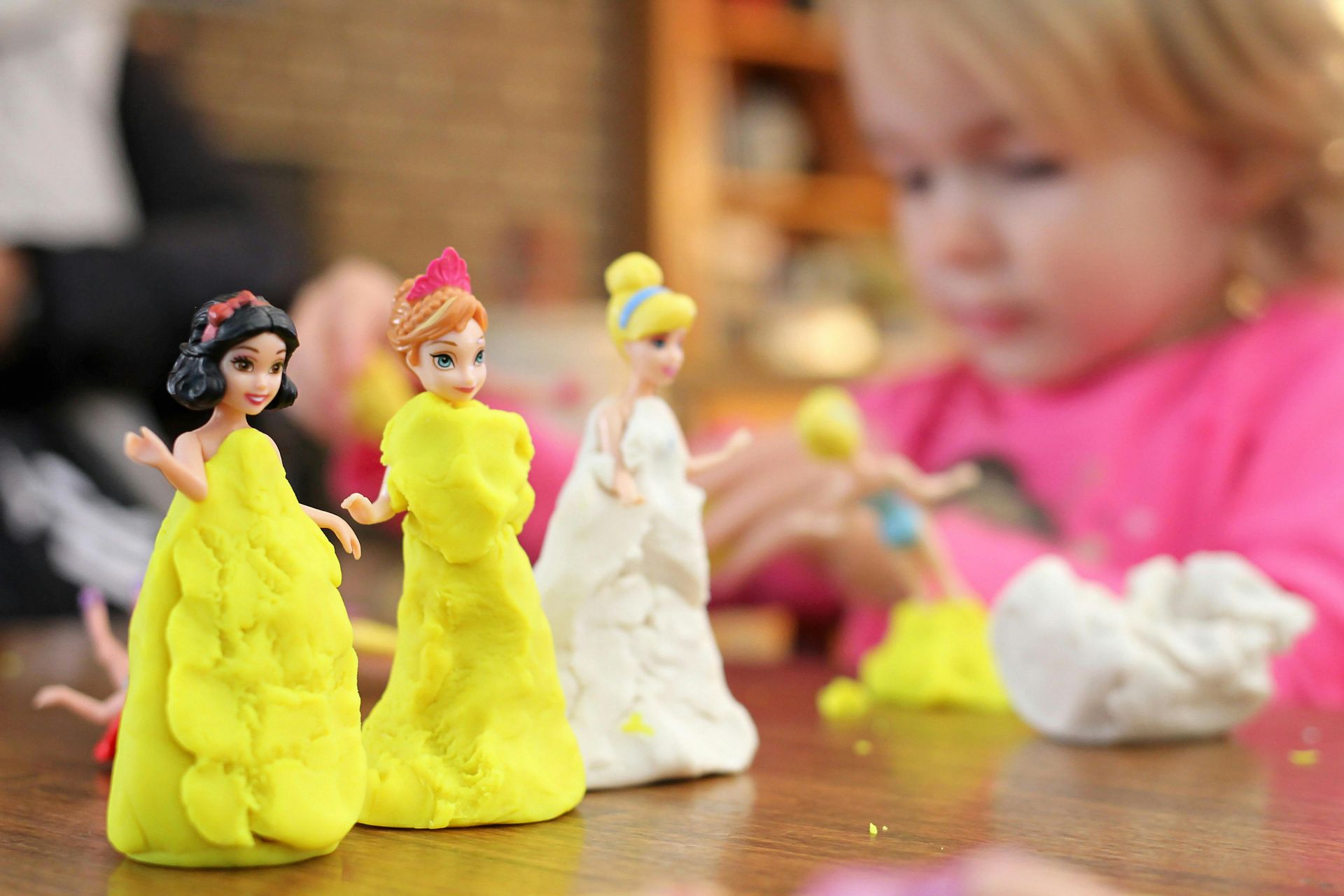BIPOLAR DISEASE
Bipolar disorder in children and adolescents is a mood disorder that involves significant changes in emotional states, energy, and behavior. Bipolar disorder is characterized by episodes of mania and depression.
During manic episodes, children and adolescents with Bipolar Disease may exhibit unusually elevated moods, increased energy, and hyperactivity. They might engage in risk-taking behaviors, talk rapidly, and have difficulty sleeping or concentrating.
Conversely, depressive episodes can lead to extreme feelings of sadness, fatigue, withdrawal from friends and activities, and impaired performance in school or other activities.
Bipolar disorder in young people can present differently than in adults. For instance, mood episodes may occur more frequently, sometimes shifting rapidly from high to low. It is also common for mood changes to be confused with normal developmental phases, making an accurate diagnosis more challenging.
A case presentation of bipolar disorder
Let us describe a hypothetical case of bipolar disease in a 20 year old man that we will name Cody. Cody has been experiencing tumultuous mood swings. Friends and family notice that Cody alternates between periods of intense energy and inexplicable sadness. During the energetic phases, Cody appears exceptionally cheerful and sociable, taking on numerous projects and commitments. These days are characterized by little need for sleep, rapid speech, and overconfidence in his abilities. Cody makes impulsive decisions, such as going on shopping sprees, engaging in risky sexual behaviors, experimenting with illegal substances and making sudden ambitious vocational plans that seem unrealistic. His high-energy periods last for a few days up to a several weeks. This is mania.
Without warning, Cody transitions into a depressive state, marked by overwhelming fatigue, lack of motivation, sleepy days and feelings of hopelessness. During these times, Cody withdraws from social interactions and struggles to complete tasks that once seemed effortless. He experiences trouble concentrating on things that need to be done which makes his mother wonder if he has ADHD. He may sleep all day at times. He experiences changes in his appetite and weight, and experiences deep-seated guilt and self-doubt.
Cody often oscillates between these two extremes, leading an unpredictable lifestyle that affects his work performance and strains his personal relationships. Without a proper diagnosis, Cody might feel confused and frustrated, attributing his behaviors to personal failings rather than recognizing that he has an underlying mental health disorder. The unpredictable nature of these mood swings often prompts those around Cody to view him as unreliable and intensely emotional, further isolating him from support. If left undiagnosed and untreated, Cody’s symptoms could worsen over time, significantly impacting his overall quality of life. Recognizing these patterns as potential symptoms of bipolar disorder could help Cody seek professional evaluation and receive appropriate treatment.
Diagnosis of Bipolar Disorder
Proper diagnosis and treatment are crucial for managing bipolar disorder. Diagnosing bipolar disorder in children can be especially challenging. Symptoms often overlap with other disorders such as ADHD, anxiety, depression or conduct disorder. Therefore, a comprehensive evaluation by a child psychiatrist is needed when the diagnosis of bipolar disease is suspected. We make such referrals when needed.
Treatment Options for Bipolar Disorder
Effective treatment usually involves a combination of interventions tailored to the child’s specific needs. Key components often include:
1. Medication: To stabilize mood and control symptoms.
- Mood Stabilizers: Such as lithium or certain anticonvulsants.
- Anti-psychotics: To treat and prevent mania and mixed episodes.
2. Psychotherapy:
- Cognitive Behavioral Therapy: Helps the child understand and change negative thought patterns and behaviors.
- Family Therapy: Educates the family about the disorder, improves communication, and addresses family dynamics.
3. Psycho-education: Educating the child and family members about bipolar disorder, its symptoms, and treatment strategies.
4. Lifestyle and Home Management:
- Routine: Establishing a regular schedule for sleep, meals, and activities.
- Healthy Habits: Encouraging balanced nutrition, physical activity, good sleep hygiene and avoidance of substance abuse.
- Stress Management: Techniques like mindfulness, relaxation strategies, and structured time for hobbies.


